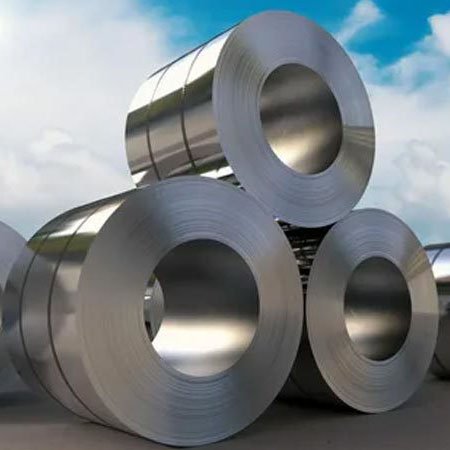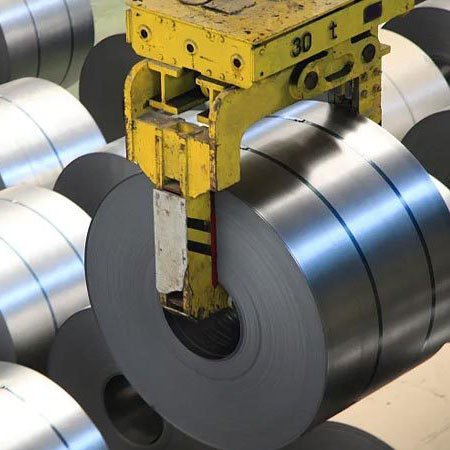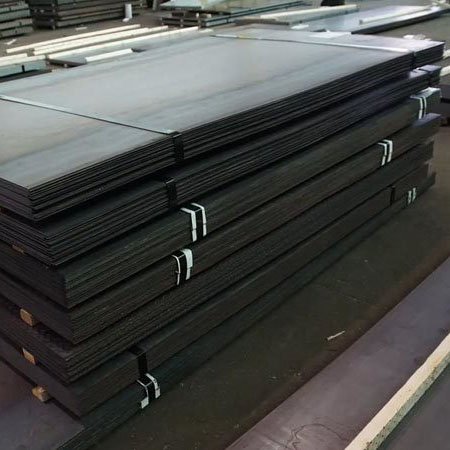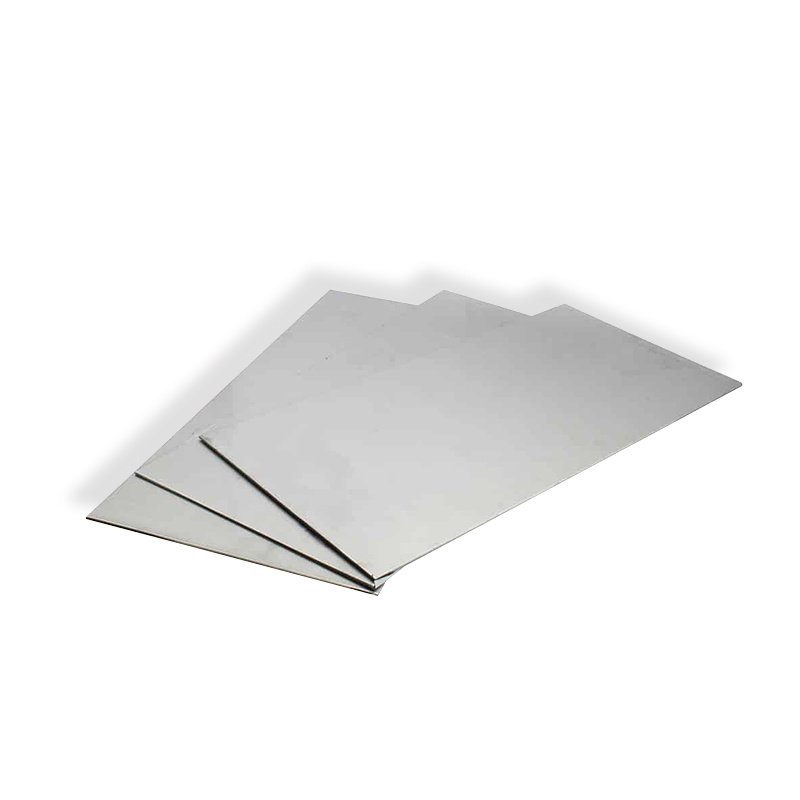Table of Contents
1. Understanding G60 Galvanized Sheets
2. Key Benefits of G60 Galvanized Sheets
2.1 Exceptional Corrosion Resistance
2.2 Cost-Effectiveness in the Long Run
2.3 Versatile Applications Across Industries
2.4 Ease of Maintenance
3. G60 Galvanized Sheets vs. Other Coating Options
4. How to Select the Right G60 Galvanized Sheet for Your Project
4.1 Thickness and Size Considerations
4.2 Understanding Coating Weight
5. Installation Techniques for G60 Galvanized Sheets
5.1 Tools and Materials Needed
5.2 Step-by-Step Installation Guide
6. Frequently Asked Questions (FAQs)
7. Conclusion
1. Understanding G60 Galvanized Sheets
G60 galvanized sheets are a type of steel sheet coated with a layer of zinc to enhance their durability and resistance to corrosion. The term “G60” refers to the coating weight, which is 0.60 ounces per square foot. This specific coating offers a balanced level of protection suitable for various applications in construction, manufacturing, and industrial projects. By utilizing G60 galvanized sheets, projects can benefit from enhanced longevity and performance, making them a popular choice among engineers and contractors.
2. Key Benefits of G60 Galvanized Sheets
2.1 Exceptional Corrosion Resistance
One of the standout features of G60 galvanized sheets is their remarkable **corrosion resistance**. The zinc coating serves as a barrier against moisture and environmental elements, significantly reducing the risk of rust and deterioration. This characteristic is essential for projects exposed to harsh weather conditions, ensuring that the materials maintain their integrity over time.
2.2 Cost-Effectiveness in the Long Run
While the initial investment in G60 galvanized sheets may be higher than untreated steel, the long-term savings are notable. The **reduced maintenance** and replacement costs associated with the durability of these sheets make them a financially sound option. Over the lifespan of a project, the benefits of G60 sheets can translate into significant cost reductions, making them an economically viable choice.
2.3 Versatile Applications Across Industries
G60 galvanized sheets find applications in various sectors including construction, automotive, and HVAC systems. Their versatility allows them to be used in roofing, siding, and structural components, among other uses. This adaptability makes G60 sheets favorable for engineers and architects looking to incorporate reliable materials into their designs.
2.4 Ease of Maintenance
Another advantage of G60 galvanized sheets is their **low maintenance** requirements. Unlike some other materials that require regular painting or treatment, G60 sheets need minimal upkeep. This ease of maintenance allows for more efficient project management and can free up resources for other areas of construction.
3. G60 Galvanized Sheets vs. Other Coating Options
When comparing G60 galvanized sheets to other coating options such as electro-galvanized or hot-dip galvanized steel, it’s important to consider the unique advantages of G60. While electro-galvanized sheets offer a smooth finish suitable for aesthetic purposes, they typically provide less corrosion protection. Hot-dip galvanized sheets, on the other hand, can be more costly and heavier, while G60 sheets strike a balance between cost, weight, and durability.
4. How to Select the Right G60 Galvanized Sheet for Your Project
4.1 Thickness and Size Considerations
Choosing the correct thickness and size of G60 galvanized sheets is crucial for ensuring that they meet the specific requirements of your project. Thicker sheets provide additional strength but may also increase costs. It’s essential to evaluate the load-bearing needs of your application when selecting sheet dimensions.
4.2 Understanding Coating Weight
Coating weight is a key factor that affects the performance of galvanized sheets. G60 signifies a specific coating weight, but understanding how this weight translates into corrosion resistance and longevity can help in making informed decisions. For projects with higher exposure to corrosive elements, considering a heavier coating may be beneficial.
5. Installation Techniques for G60 Galvanized Sheets
5.1 Tools and Materials Needed
When installing G60 galvanized sheets, having the right tools and materials is crucial. Essential tools include a circular saw, drill, metal snips, and safety gear. Ensure you have the appropriate fasteners and sealants designed for galvanized materials to ensure proper installation and longevity.
5.2 Step-by-Step Installation Guide
1. **Prepare the Surface**: Ensure the installation area is clean and free from debris.
2. **Measure and Cut**: Measure the required dimensions and cut the G60 sheets to size using metal snips or a circular saw.
3. **Position and Secure**: Lay the sheets in place and secure them using appropriate fasteners, ensuring proper alignment.
4. **Seal Edges**: Apply sealant to edges and joints to enhance weather resistance.
5. **Final Inspection**: Conduct a thorough inspection to ensure all sheets are properly installed and secured.
6. Frequently Asked Questions (FAQs)
What is the difference between G60 and G90 galvanized sheets?
G60 and G90 refer to different coating weights. G60 has a coating weight of 0.60 ounces per square foot, while G90 has a heavier coating of 0.90 ounces, providing greater corrosion resistance.
Can G60 galvanized sheets be painted?
Yes, G60 galvanized sheets can be painted. However, it’s essential to use a primer designed for galvanized surfaces to ensure proper adhesion.
How long can G60 galvanized sheets last?
The lifespan of G60 galvanized sheets can vary based on environmental factors, but they typically offer excellent durability, lasting 20 years or more with proper care.
Are G60 galvanized sheets recyclable?
Yes, G60 galvanized sheets are recyclable, making them an environmentally friendly choice for construction and manufacturing projects.
Can I weld G60 galvanized sheets?
Welding galvanized sheets is possible, but it’s important to take precautions due to the presence of zinc, which can produce harmful fumes. Proper ventilation and protective equipment should be used.
7. Conclusion
G60 galvanized sheets provide numerous benefits that are essential for both construction and manufacturing projects. Their corrosion resistance, cost-effectiveness, versatility, and low maintenance make them a top choice in the metallurgy and energy sectors. By understanding the unique attributes of G60 sheets and how to effectively incorporate them into your projects, you can unlock their full potential. Whether you are looking to enhance the longevity of your structures or streamline your project management, G60 galvanized sheets are a valuable investment that will yield substantial returns.




